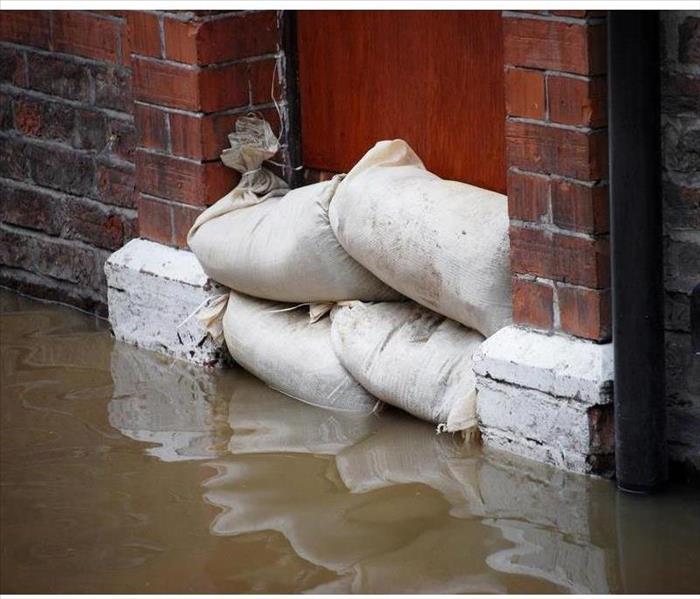Build a Sandbag and how to use it
8/10/2020 (Permalink)
Where can I get sandbags from?
Sandbags can be purchased from some local hardware stores or landscaping suppliers. During times of flood and storm, quantities may be distributed by your local Council. Contact your local Council or visit their web site for further information.
When significant flooding is occurring, sandbags maybe in limited supply and may only be issued by the Council or State Emergency Service (SES) on a case by case basis. So be prepared and purchase/prepare your own sandbags prior to, or when aware of an impending flood event.
Self-inflating sandbags are ready-to-use sandbags that don’t require filling are a light weight alternative to traditional sandbags. They will self-inflate when they come into contact with water and can be stored a long time. Self-inflating sandbags can be purchased from some local hardware stores or landscaping suppliers.
How do I fill the sandbag?
It is preferable that you only use sand to fill the bags. Soil, clay, gravel or a mixture of these is not usually recommended.
Sandbags only need to be filled to 2/3 full.
Do not over fill as they will be too heavy to carry. A filled sandbag can weigh 15-20 kilograms.
Do not tie the top of the bag. The top of the bag may be tied for transport purposes only.
Where do I need to put the sandbags?
For most buildings to reduce the impact of flooding, sandbags should be placed over floor wastes and drains (e.g. laundry, shower and bath) to prevent backflow of grey water entering. Sandbags should also be used in front of doorways / roller doors and brickwork vents.
Most standard homes and buildings on a concrete slab can be protected with less than 25 sandbags.
It is not always necessary to place a sandbag wall around your whole building to provide protection. This may only be necessary if it is on stumps or constructed of materials such as timber or fibro sheeting. Before building a sandbag wall consideration should be given to how you would remove floodwater that could become trapped between the sandbag wall and your building. (e.g. pump, siphon or bailing bucket).
If you have any further questions, call SERVPRO of North Clay County/Oakleaf/North Middleburg.


 24/7 Emergency Service
24/7 Emergency Service
